Live blood checks - part 2
(microscopy of live blood in the nano-age)
Hi Y’all,
Yesterday I showed some images of the edges of live blood samples and the presumed hydrogel that has resulted in such dramatic changes. Here are some photos of the hydrogel bubbles towards the centre of the sample. These bubbles appear to contain additional material. Karl C. has spent time staining this material with different stains and techniques and further details will be forthcoming shortly (no pressure mate).
My understanding is that at a very basic level a hydrogel is water plus a protein polymer. If the protein undergoes conformational change due to say, change in temperature or pH then the polymer may go from soluble to insoluble. I think that the ribbon structures which are clearly associated with these bubbles may be the result of such a process and maybe the proximity to the bubbles provides the conditions necessary for the polymer to precipitate. All images except one are in darkfield and most are taken with 10x or 20x objective with varying degrees of digital filtering.
OK, so a fair amount of enhancement with this one:
and in bright field:
and one of my favourites:
So my current thinking is that the fibres and the gel-like structures are a consequence of polymers precipitating out on the slide and they tend to occur in predictable places.
In my opinion these structures are not present in the blood per se but on the slide and this is a good thing. However there is a level of complexity and maleficence that this provides only modest reassurance!
I will write more soon. All feedback gratefully received.
David
I am grateful for the ongoing support!



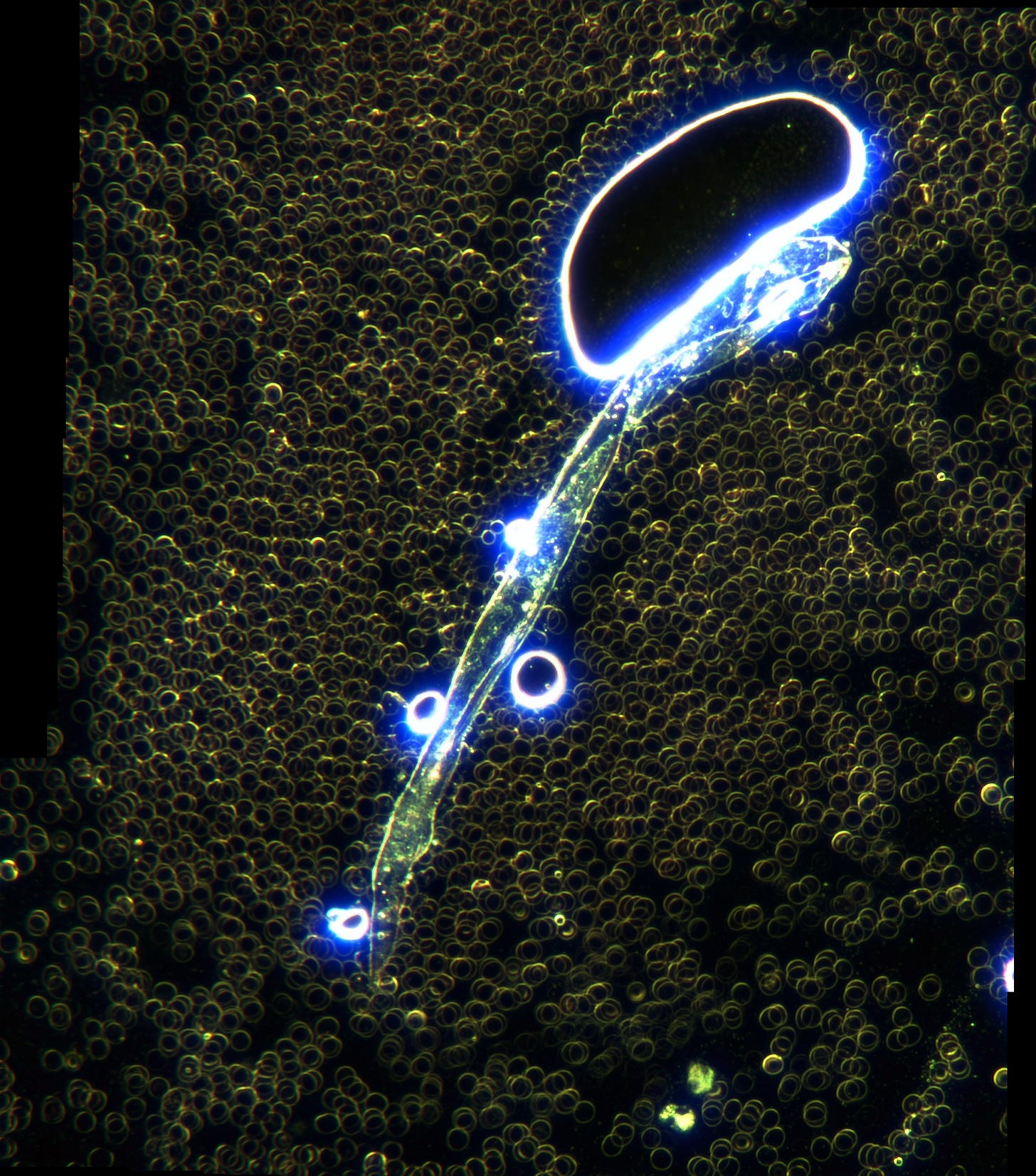





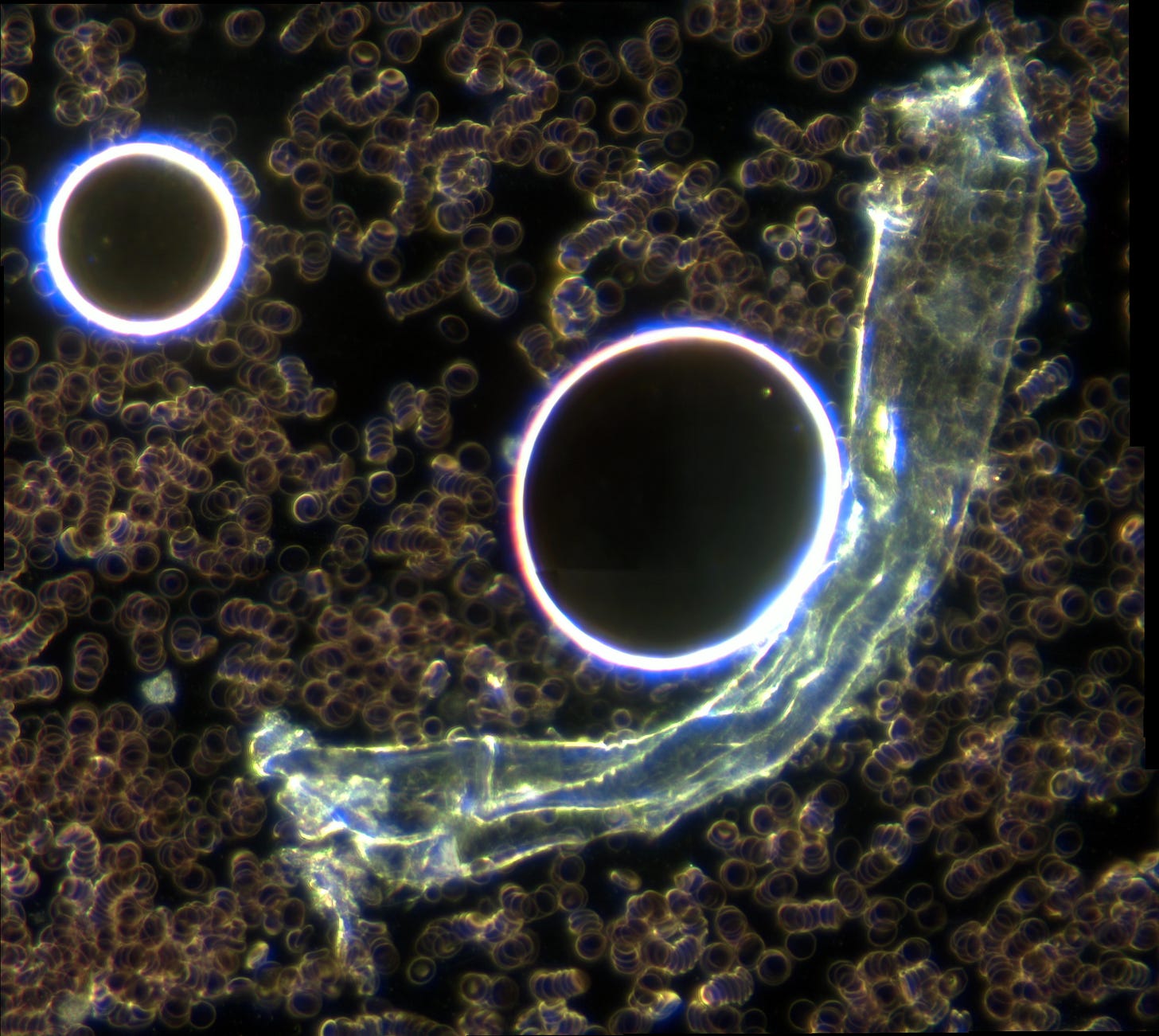
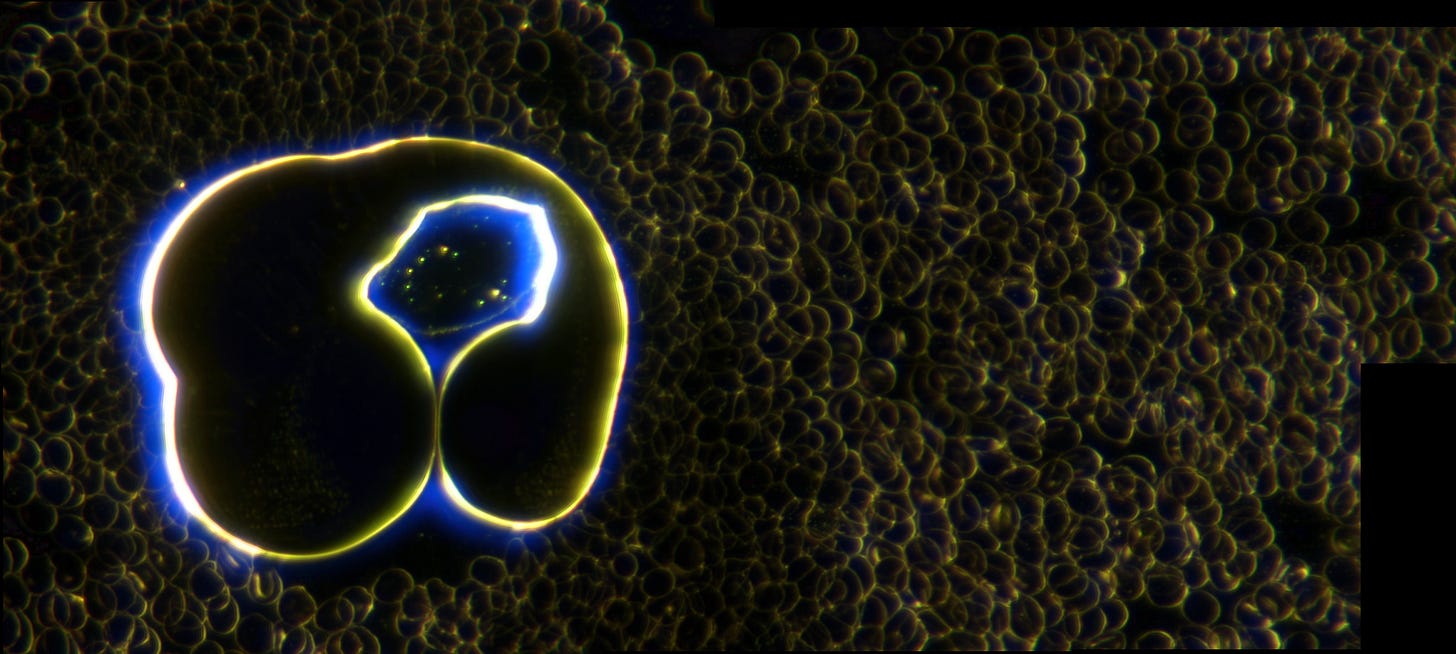
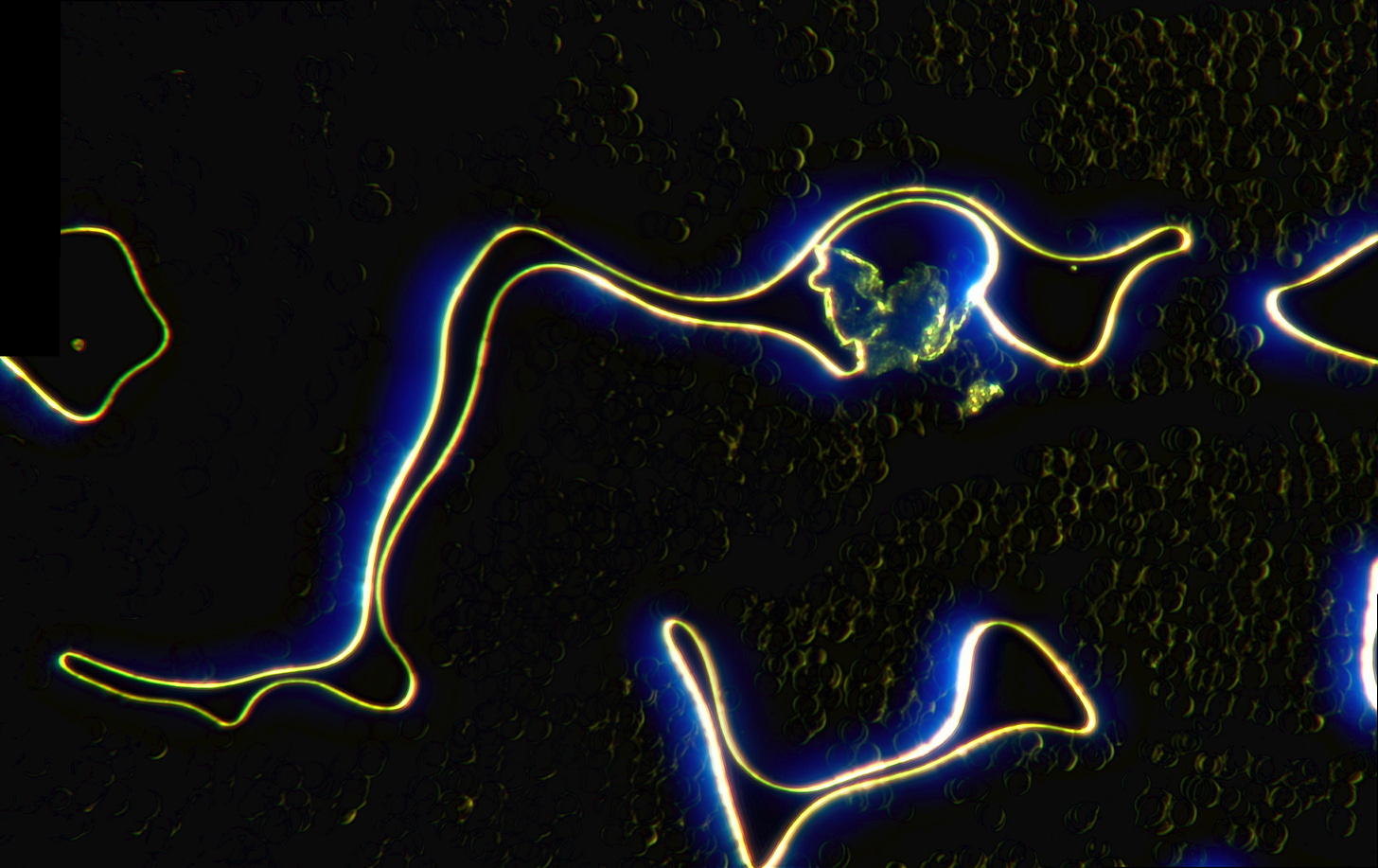




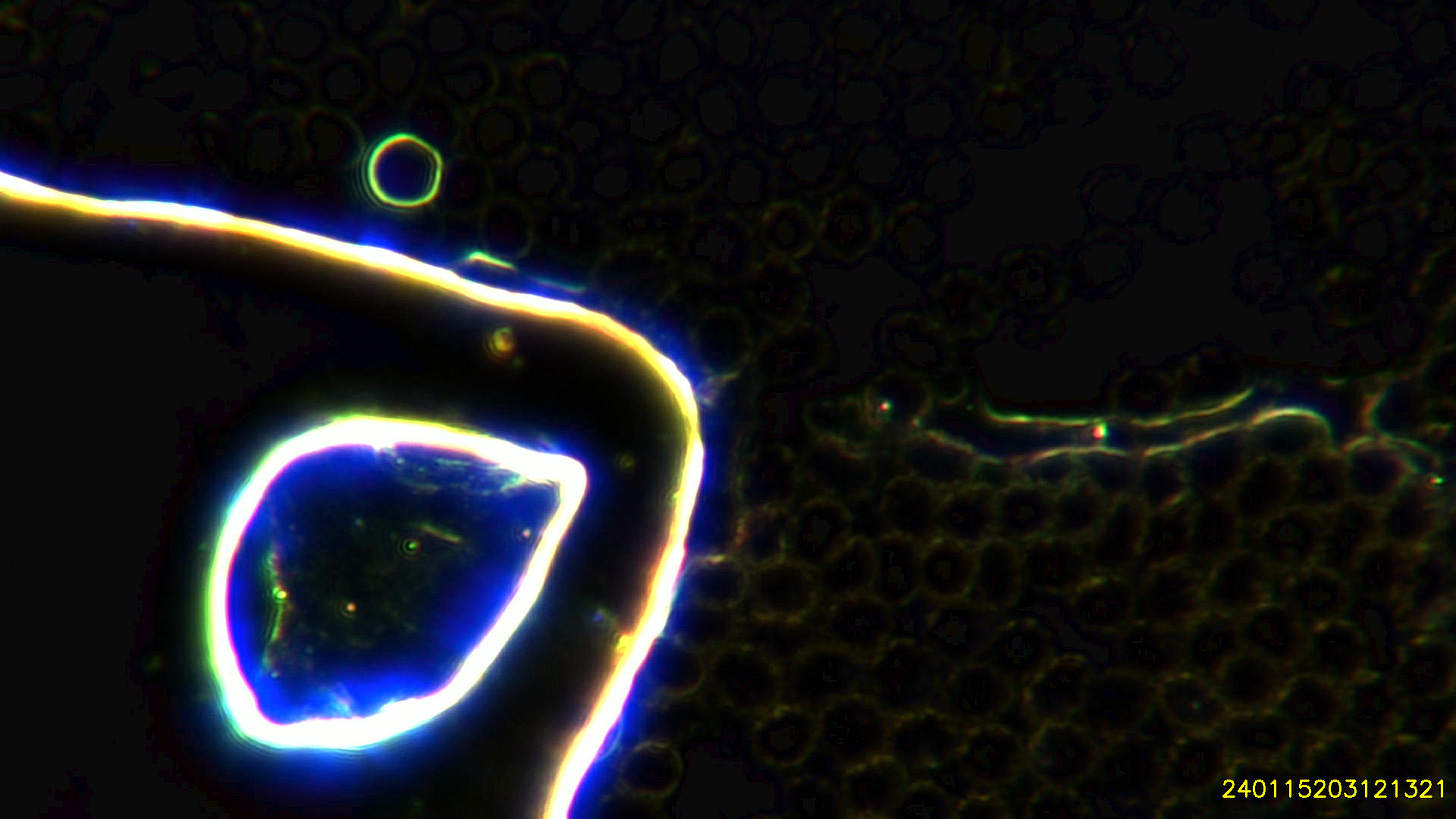



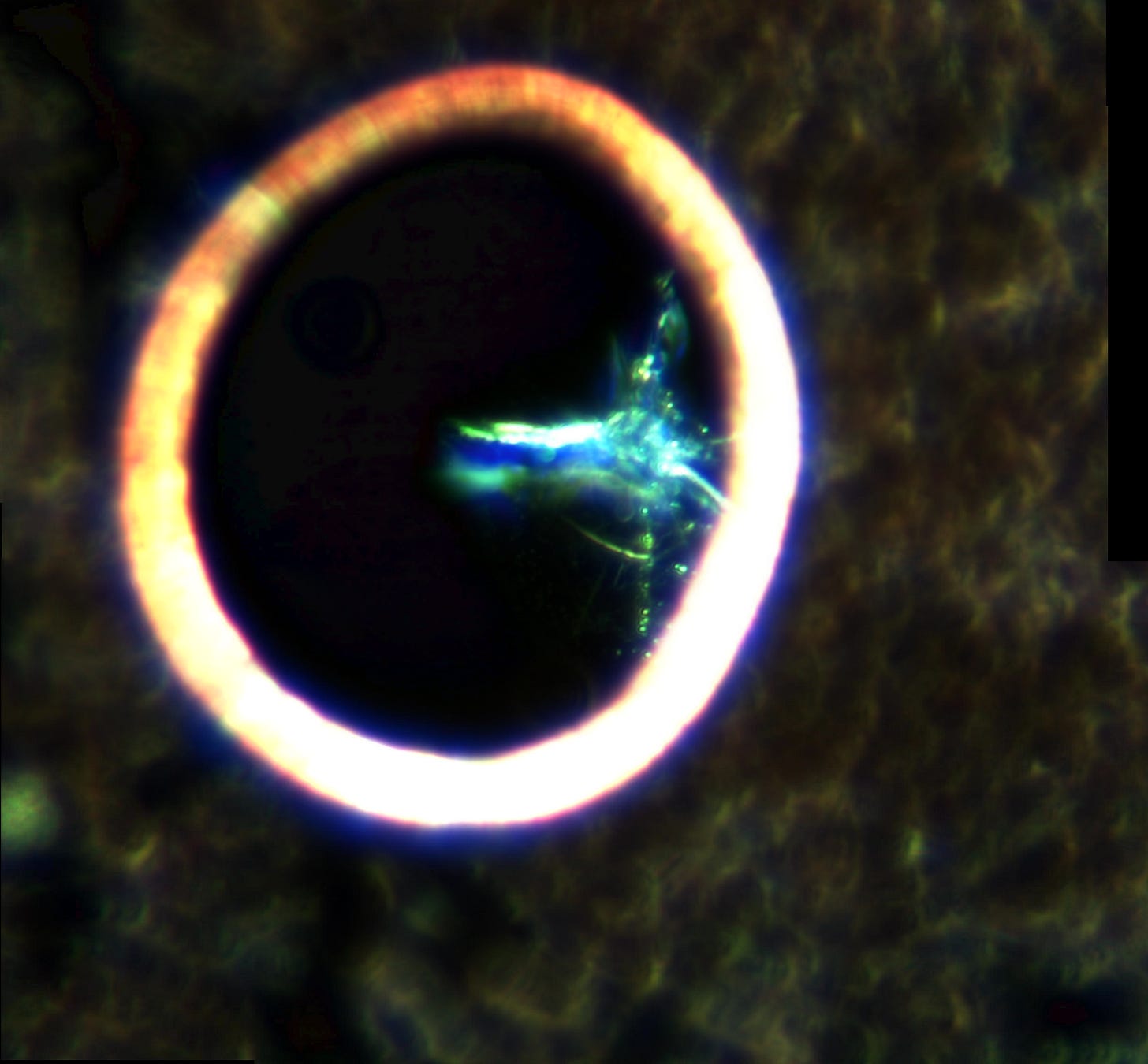
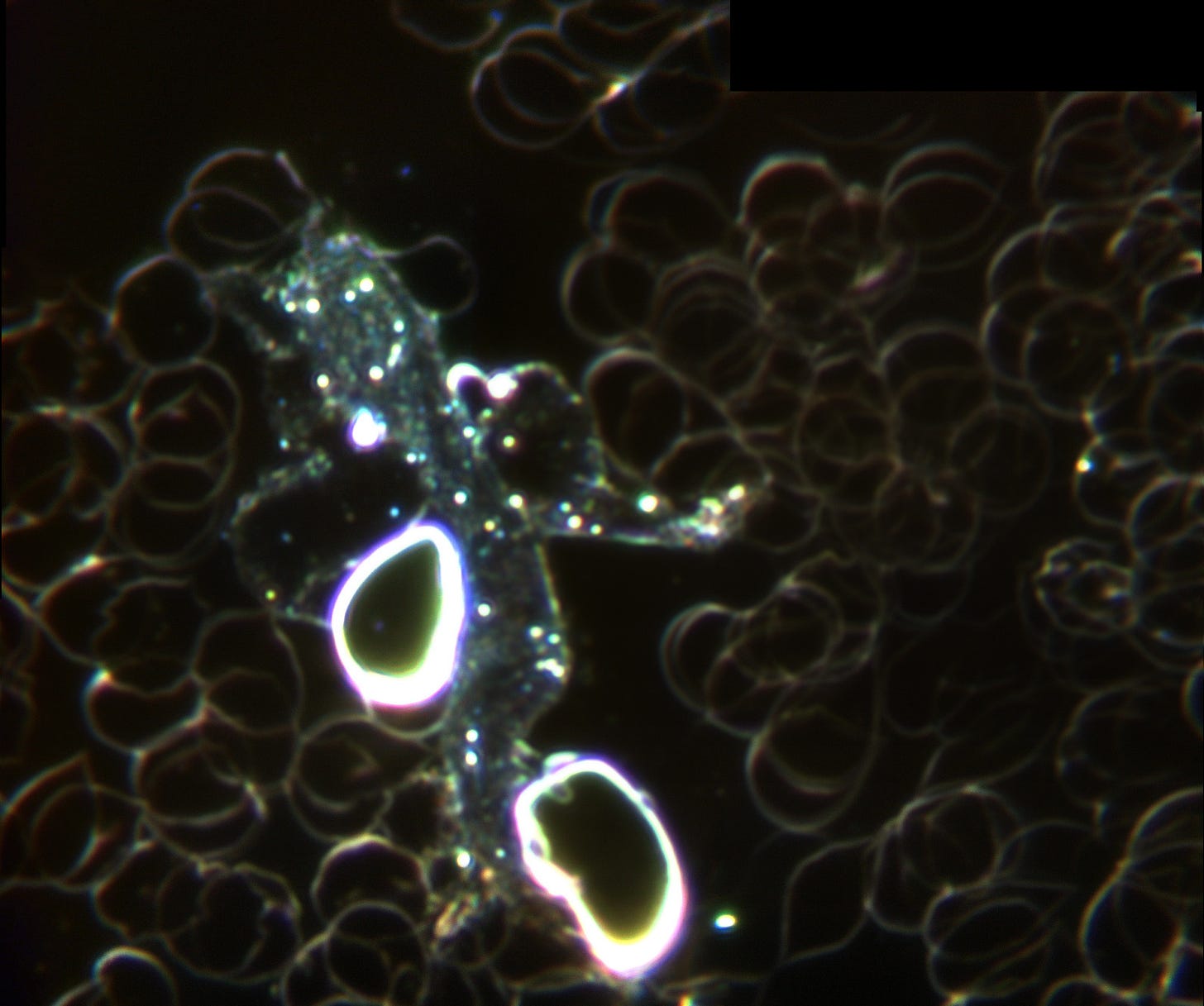


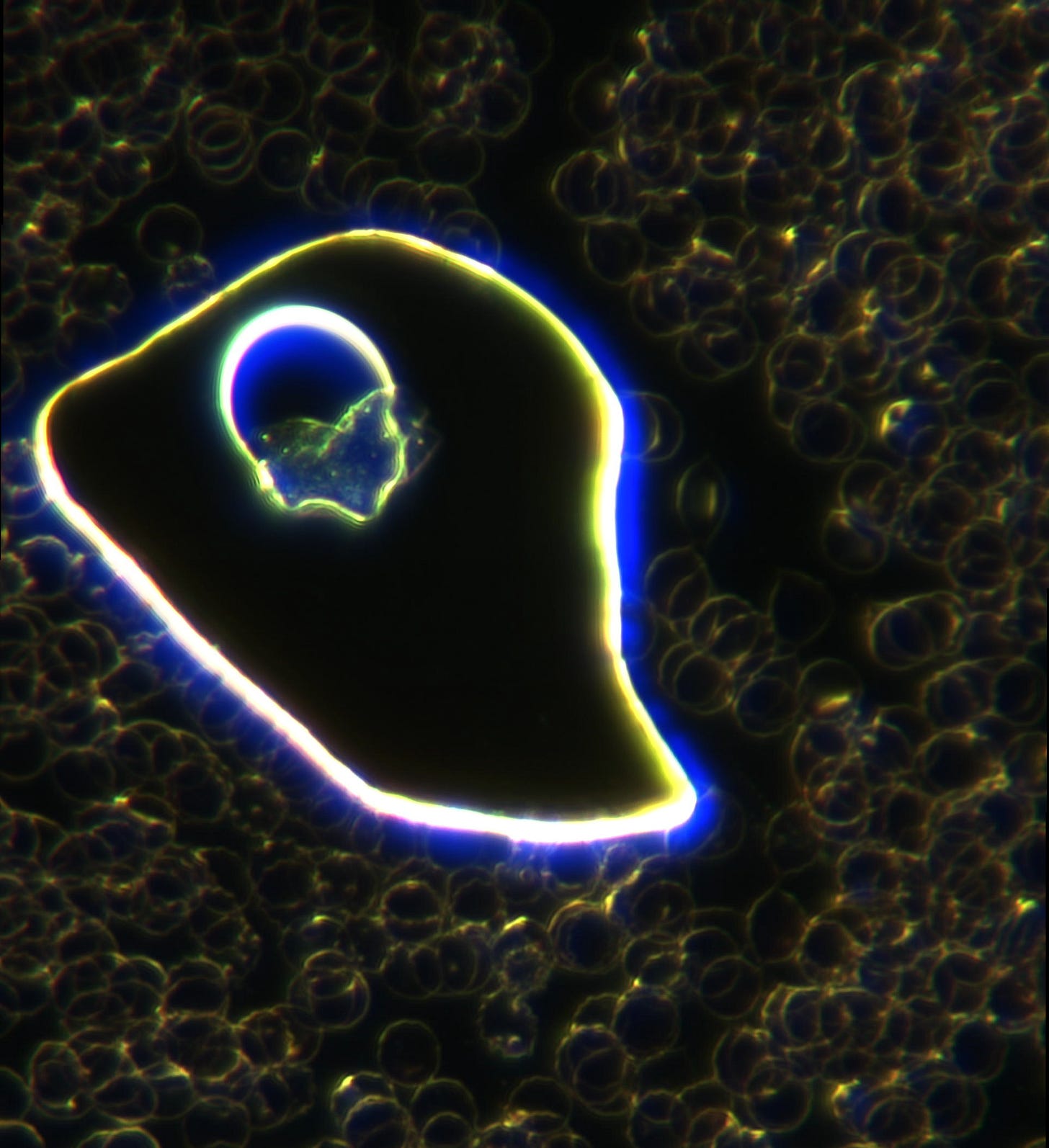








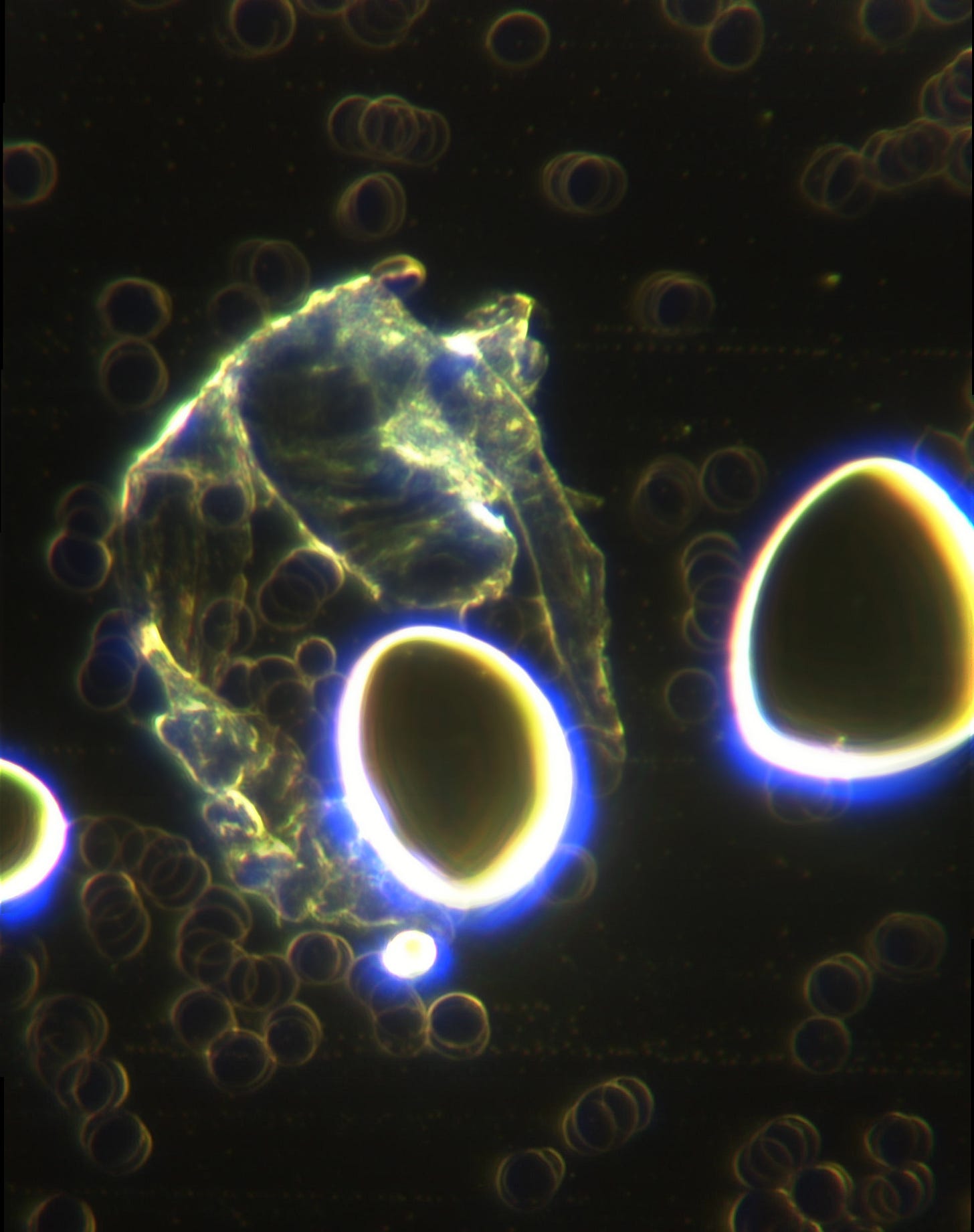


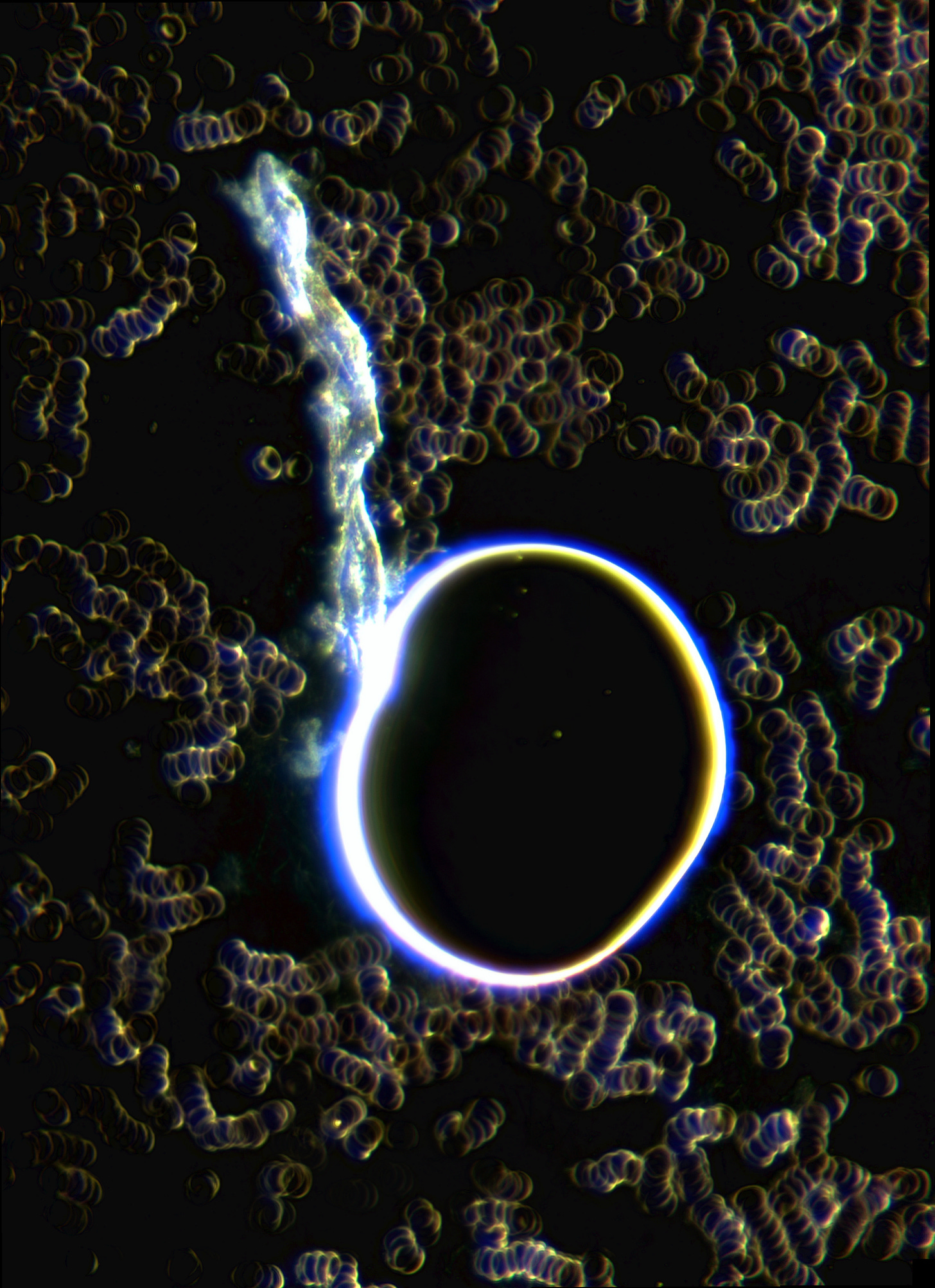






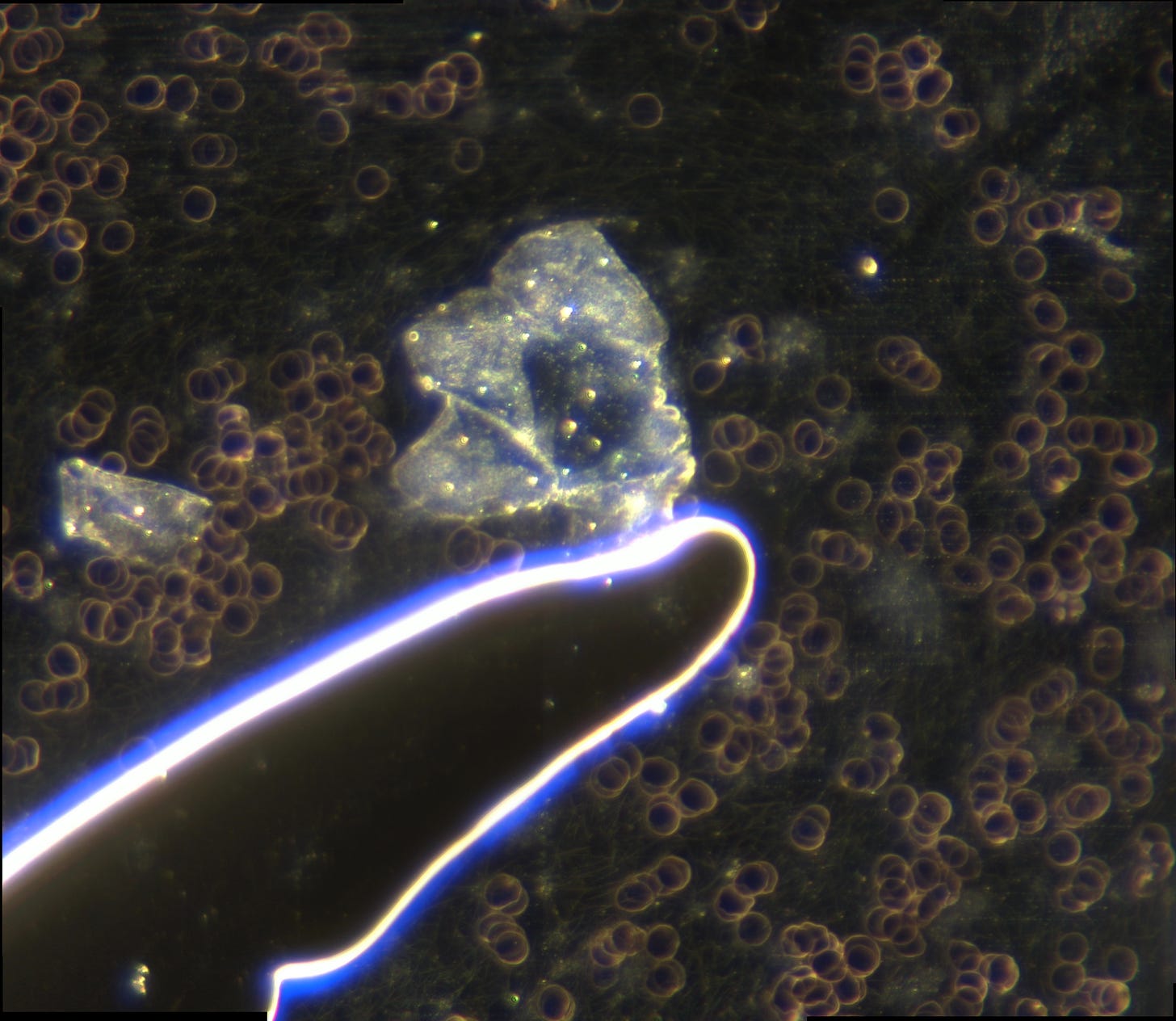

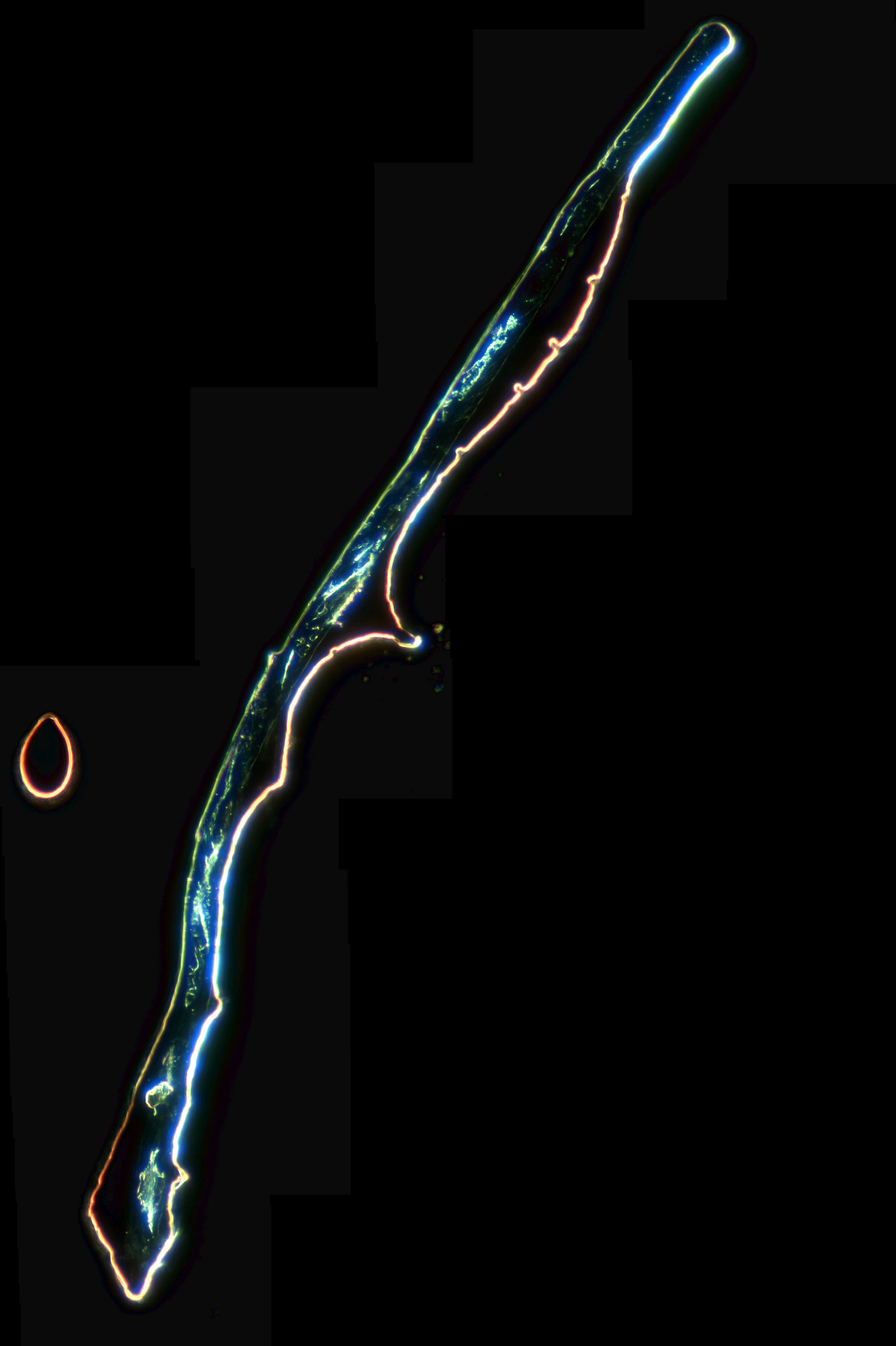



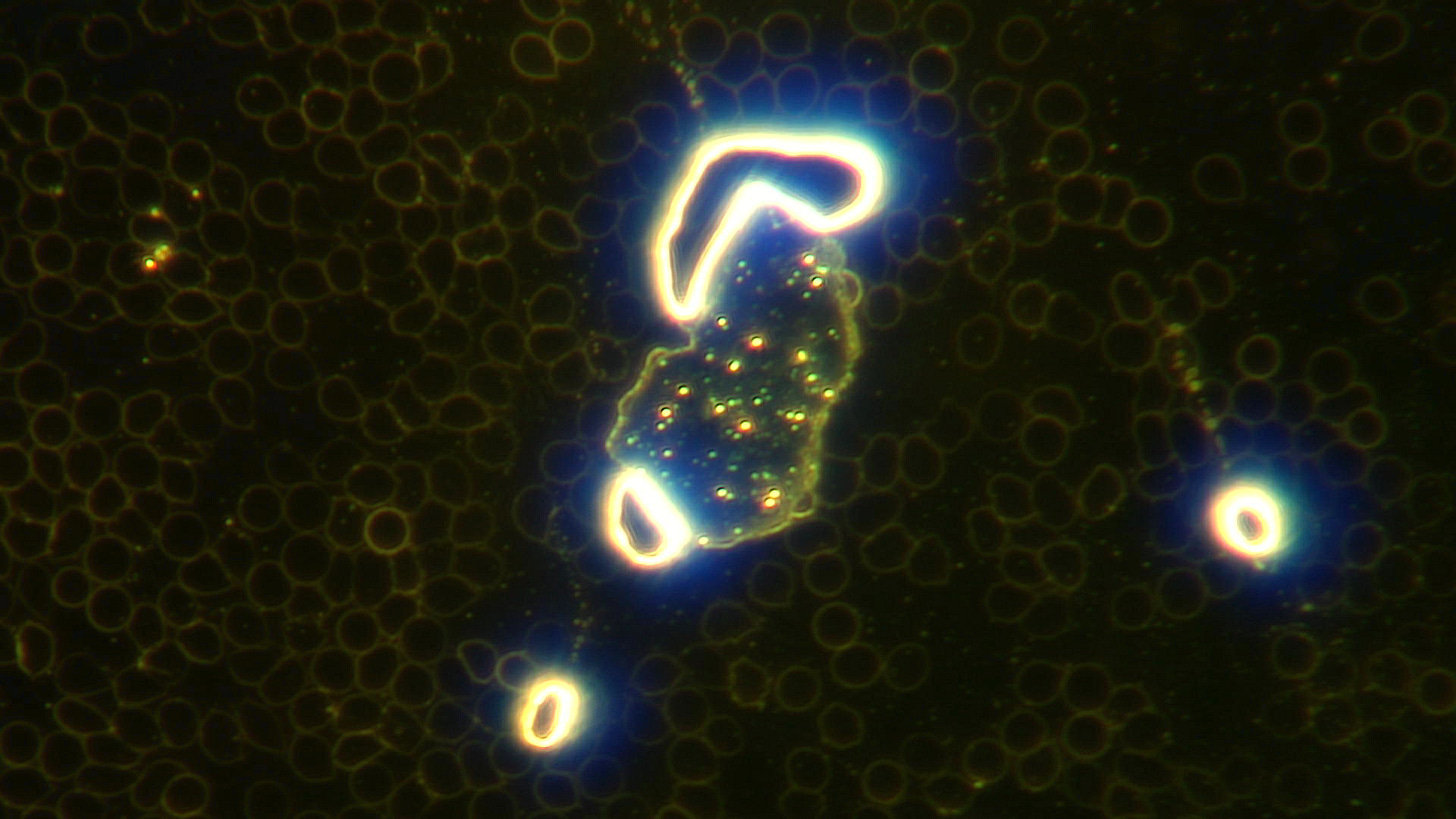


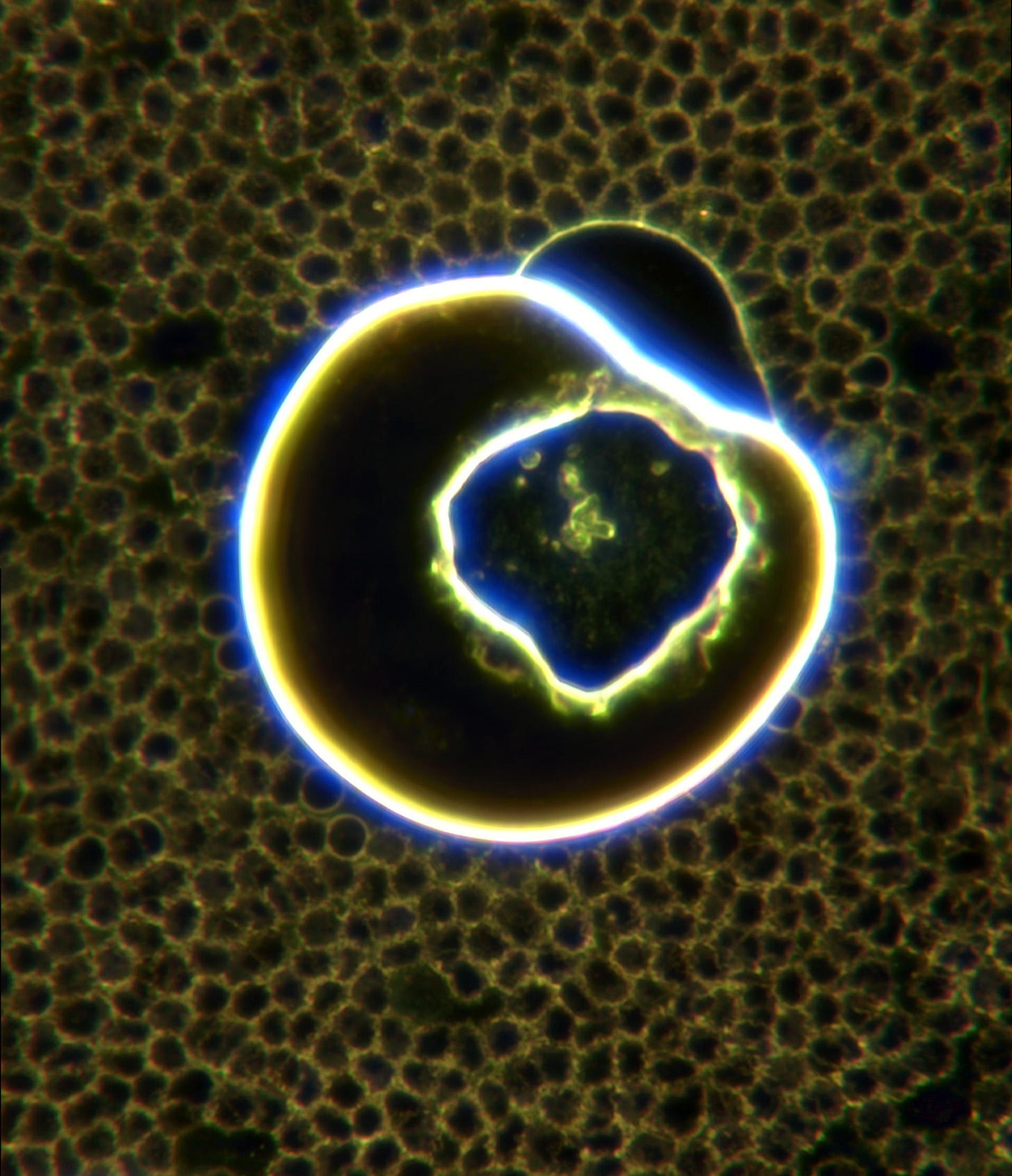





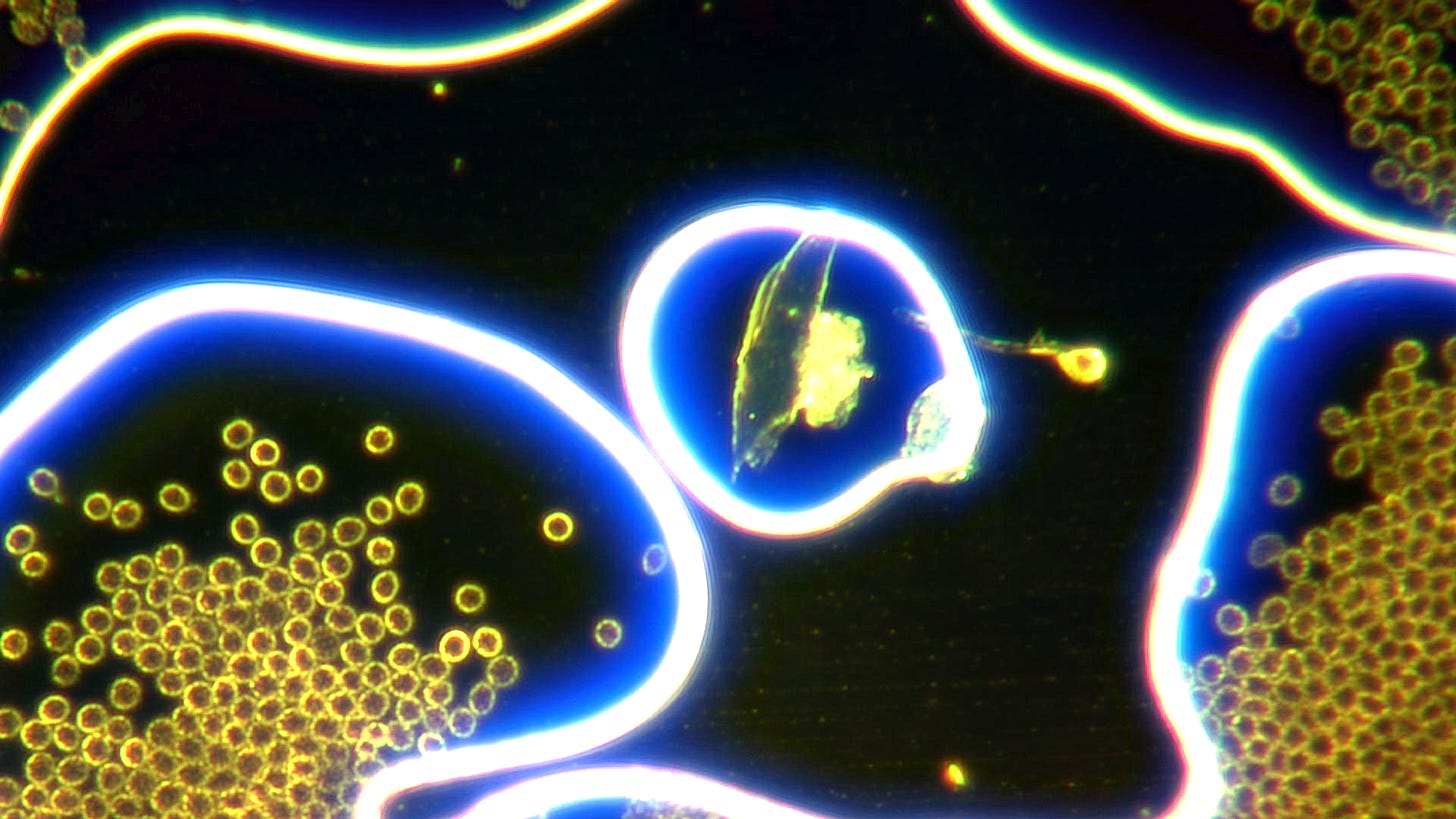
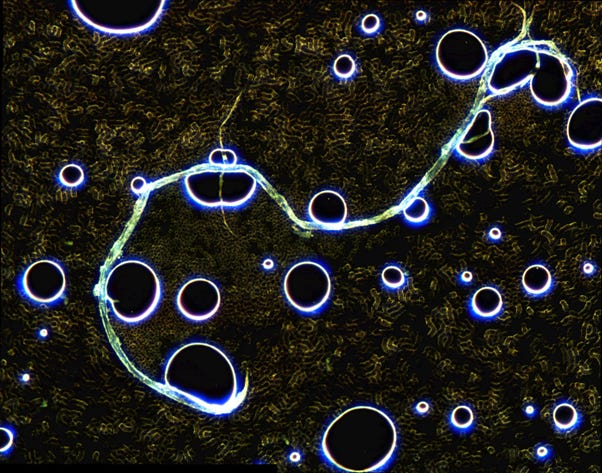
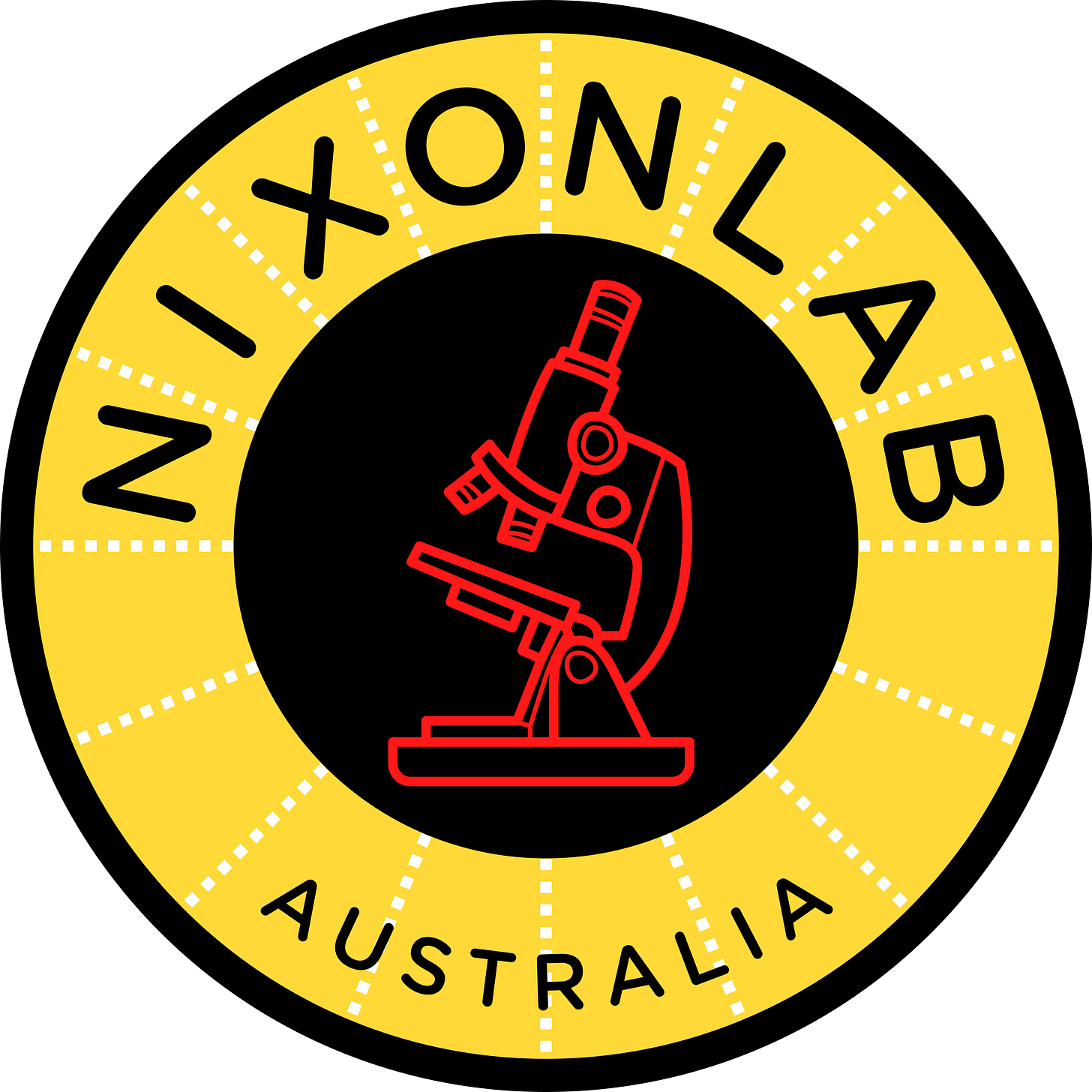
I apologise for any confusion.
The ribbon structures and the gel structures are real and I have been observing them for over 18 months.
The presumption has been that these structures must be in the blood. When I first saw these they appeared as much a part of the blood as the red cells.
However as the hydrogel contamination has increased another possibility has emerged - that of rapid precipitation of polymers in the hydrogel, on the slide, in response to any one of a number of factors.
I suggest evidence for this might be the close proximity of the structures and the 'bubbles' as the bubbles may provide a different environment that encourages this precipitation in some way.
I will illustrate this with my next post which I will start on now...
I think what Dr Nixon means is that the polymers form in the blood when temperature and conditions change, so when the blood is on the slide, out of the body, they consolidate and get formed in the shapes we can see, while when the blood is in our body, at the right ph and temp, the polymers or gel or whatever substance that is, is not formed. Have a look a Ronald D. Norris for corroboration of this theory. So the raw materials are in our blood but the structure form only when blood is out of the body. That is my interpretation.